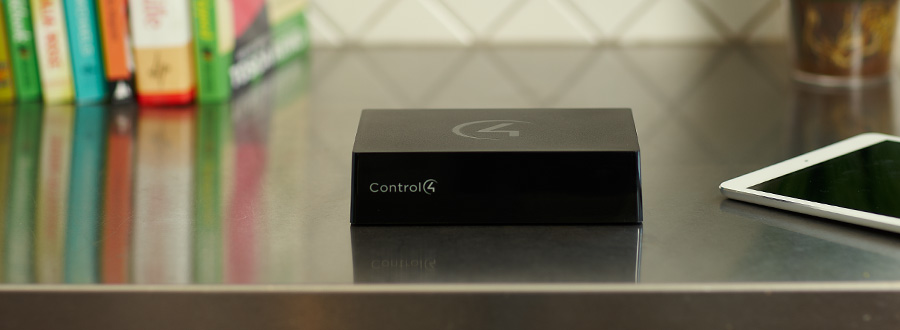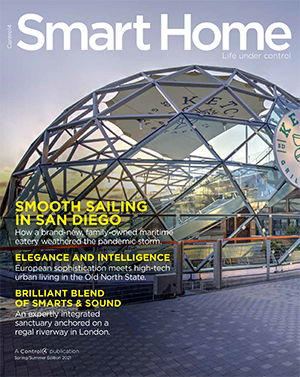What Whole Home Audio Means Today
August 24, 2013
My teenagers keep reminding me how old I am, and my perspective on the topic of whole home audio is very obviously colored by my experience growing up as a teen of the 1980’s. So much has happened in the past 30 years or so to improve the home audio listening experience, it’s easy to forget how far we’ve come.
Back when I was a teenager, there were just a few ways to approach anything close to whole home audio, or music in every room of the house. The crudest method involved turning up the stereo system (which was a fixture of the family room) loud enough that you could hear it in another room. Of course, that made it impossible to sit in the family room itself without getting a headache. (True story: When I was sixteen my mom travelled to England on a business trip, leaving me in charge of myself and the house. Knowing me pretty well, she sent me a postcard from London with a three-word message: “TURN IT DOWN!”)
A slightly better method involved what we used to call a “boombox” or “ghetto blaster.” This was a large boxy thing (the bigger the better, really) that you could carry from room to room to play your tapes wherever you wanted. Yes, I said tapes. Don’t ask my kids what those are, because they have no idea.
The third way to get whole home audio revolved around that icon of the ‘80s, the Sony Walkman. When I tried to explain to my kids what this was, the only thing I could come up with was “a Stone-Age iPod.” But hey—you could take them with you to any room in the house and beyond. Of course, nobody else could hear what you were listening to, and you had to carry tapes and extra batteries, but progress was progress.
Fast forward to today. We’ve already seen the digital music revolution, which made it possible to store an entire library of music—the equivalent of literally thousands of cassette tapes, only with better quality—on a device smaller than a Cheez-It. With abundantly available home networks (both wired and wireless) and cloud computing and so on, there’s literally no limit to the amount of music available to a whole home audio system. Streaming music services like TuneIn and Pandora have broadened the horizon even further.
But it’s more than just the music. There are the speakers, which can either be hidden or visible, and the devices to connect them to the system. (Control4 offers both a Wireless Speaker Point and an Ethernet Speaker Point.) Add in a 4-Zone or 8-Zone Amplifier and an Audio Matrix Switch to manage all of your audio sources and you have a true whole home audio setup, capable of sending exactly the music (or sports talk, or audiobooks, or whatever) to any room in the house—and even outdoors. And now, with the Wireless Music Bridge, you can stream from your phone (or other mobile device) directly to the system.
Things truly have changed for the better. Today, instead of sending me the snarky postcard, my mom could get out her smart phone and turn down the volume from London, Berlin, or Timbuktu. Whole home audio is a reality for those who want it, eminently expandable and configurable no matter what your needs or musical tastes happen to be.

